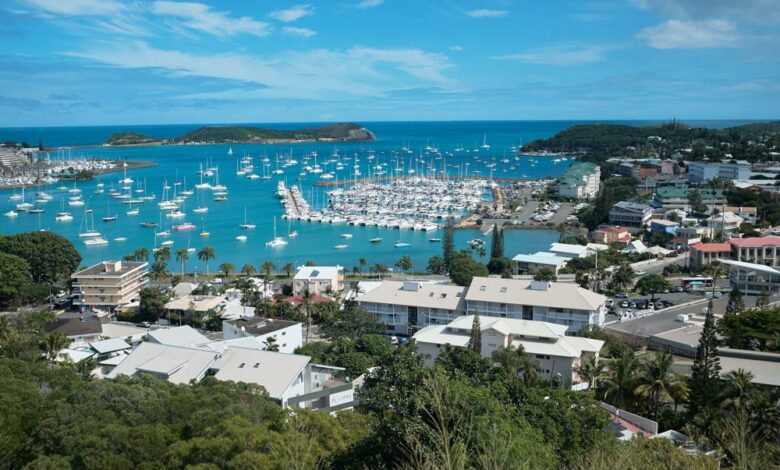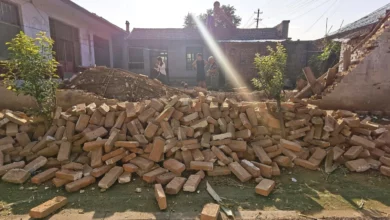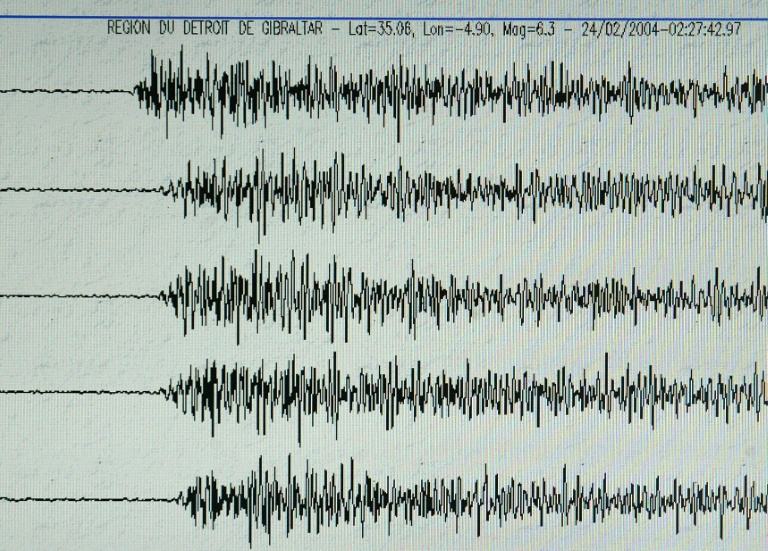
“Based on all available data, the tsunami threat from this earthquake has now passed,” the center said in a report.
The Hawaii Emergency Management Agency tweeted that there was currently no threat of a tsunami for Hawaii.
Earlier, people living in the region had been advised to avoid coastal areas after the US Geological Survey (USGS) said a 7.7 magnitude earthquake with a depth of 38 kilometers (23 miles) struck the region.
The epicenter of the quake was near the Loyalty Islands of the French territory New Caledonia, to the west of Fiji and Vanuatu, according to the US National Tsunami Warning Center.
It initially issued a tsunami alert for coasts within 1,000 kilometers (621 miles) of the epicenter, and to nearby nations including Vanuatu and Kiribati but later withdrew it.
However, a tsunami warning issued by Australia’s Bureau of Meteorology for sparsely populated Lord Howe Island, off the country’s east coast, remains in force – though the bureaus says no threat has been detected for mainland Australia.
New Zealand’s National Emergency Management Agency said in a tweet that its tsunami advisory also remained in effect, warning that strong currents and surges had the potential to injure or drown people in the water.
The quake was first reported to be a 7.7 magnitude. It was briefly revised up to 7.8 before being lowered again in the latest update from the US National Tsunami Warning Center.
The South Pacific is one of the most seismically active areas of the world due to high rates of convergence between the Australia and Pacific tectonic plates that are constantly pushing against each other, according to the USGS.




